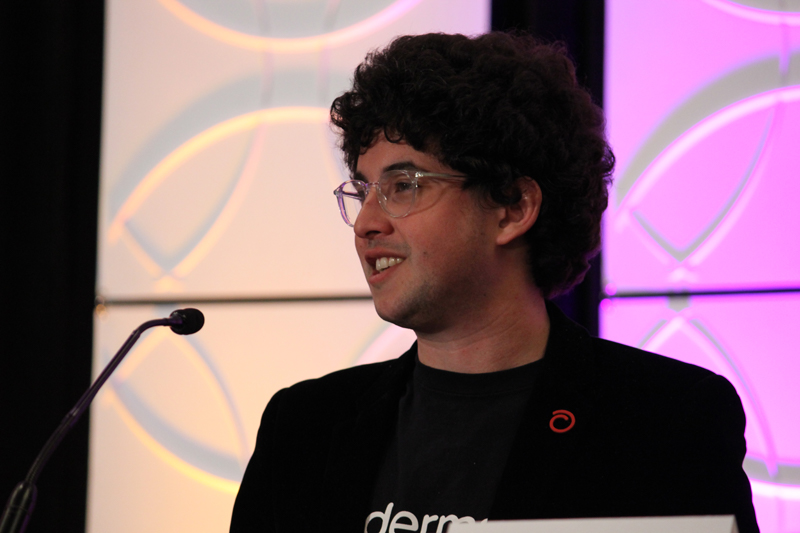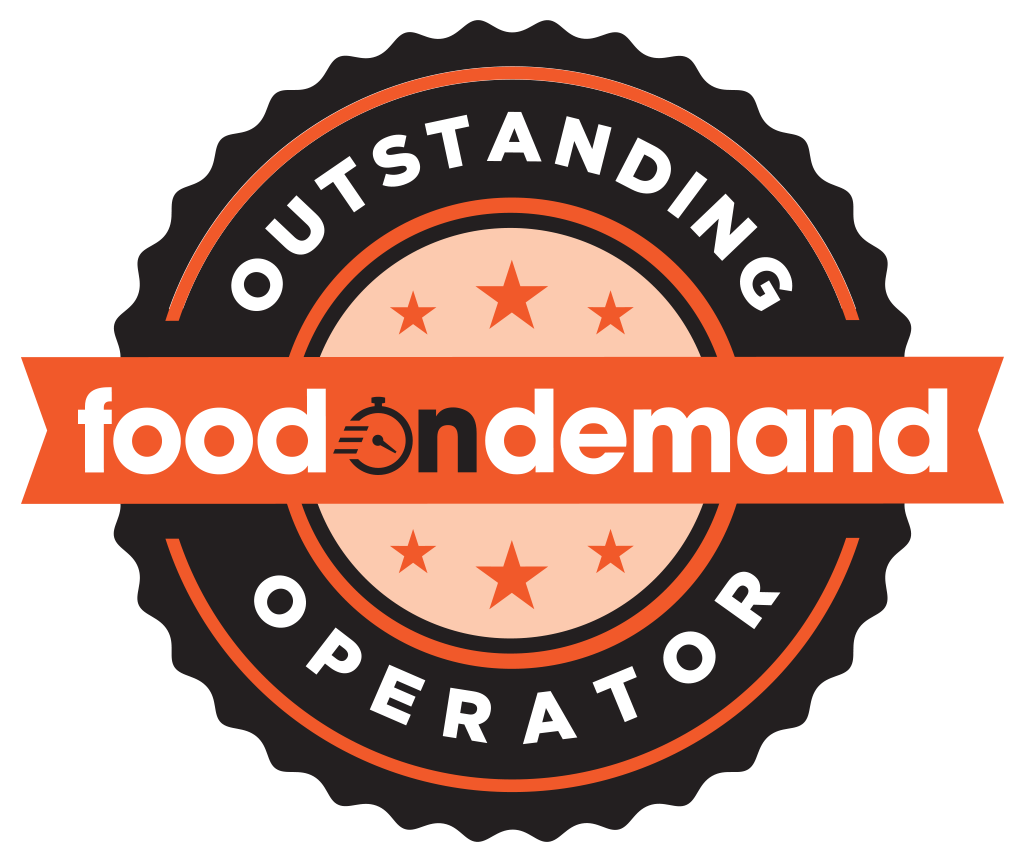Only 15 to 18 percent of restaurants today offer delivery, declared Alex Canter at the Food On Demand Conference, “which is a huge mismatch compared to 80 percent who are getting delivery. So if you’re not listed on any one of these platforms you don’t exist.”
Canter, along with Elizabeth Tomlinson, served as “millennial operators” on the panel, as moderator Fred LeFranc, Results Thru Strategy, noted their youth and the audience delighted in their fresh insights.
Canter has personal experience dragging a brick-and-mortar restaurant into the online ordering world. He is the fourth generation operating his family’s 30,000-square-foot, 600-seat restaurant Canter’s Deli in Los Angeles, and when the recession came he knew they had a problem.
“In 2008 and ‘09 the recession hit us and foot traffic was down 15 percent,” so he began signing up with all sorts of services. “As all these emerged we had tablet hell. Everyone wanted to kill me but delivery became 30 percent of our business so it was something we couldn’t ignore.” Canter went on to solving “tablet hell” by starting a company called Ordermark to integrate all the platforms in one place.
Elizabeth Tomlinson is director of operations at Chicago’s Cornerstone Restaurant Group, which includes quick-service concept Urbanbelly featuring the work of Chef Bill Kim. Part of her challenge was to satisfy the chef that his Asian comfort food would be executed perfectly.
She also needed to solve the problem of delivery drivers piling into the lobby in the same place where guests walk in. “We needed to separate those two locations. We didn’t lose seats in the dining room, but we created a space in the dining room,” she said. “We built an entire new area, and we walked through every step and sort of optimized.” She recommends that approach for all restaurateurs.
Canter encourages other restaurant owners to just do it, meaning get into delivery, and believes they can overcome the pain of getting there. “When we first started out with delivery we were doing 20 orders a day and that started building. Now we’re doing 250 online orders a day,” he said. “When we were first thinking about the profitability, we realized there were a lot of fixed costs in our business: the lights, the kitchen staff …the rent. Adding more order volume for us was incremental until we had to add another human. To me it’s a good problem to have when you have to hire a person” to handle all the delivery volume.
Tomlinson seconded his point. “You have to deliver. Even in a chef-driven restaurant, we’ve had to jump over that hurdle and figure out how to do it. If you’re not doing it now, you have to.”


